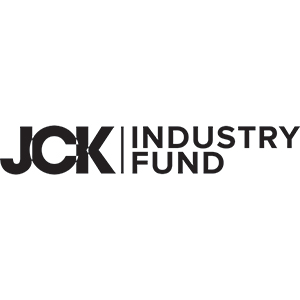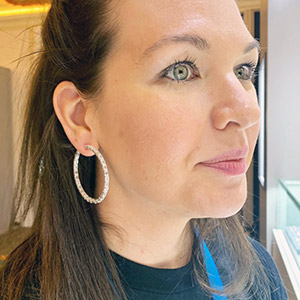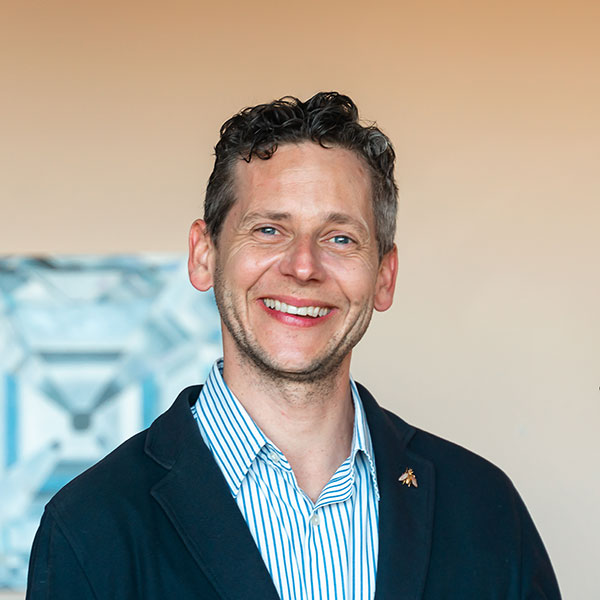
Don’t come to Jared Amadeo Holstein (pictured) expecting to find answers about ethical diamond sourcing. The San Francisco–based diamond, colored stone, and estate jewelry dealer, aka D’Amadeo, specializes in post-consumer recycled diamonds and colored stones, historical cuts, and known-source gemstones, but he makes no claims about his diamonds’ ethics.
“The word ethical is weighted and freighted and should be used very carefully,” Holstein tells JCK, admitting that he has persistent doubts about the how the goods he’s bought have come to market and the impacts they’ve had on people and the planet along the way.
“But being involved, buying goods that I’m not comfortable with buying, allows me to have conversations with people that are good,” Holstein says. “Everyone just needs to ask questions. It is all of our duty to press industry and to press producers for better information.”
The onetime art history and Italian major wasn’t always steeped in such complicated issues. He began his professional career working for car magazines until he had what he describes as “a quarter-life crisis” and decided to pursue goldsmithing.
“I’d always loved gems and minerals—my grandfather was a geologist—so about 14 years ago, I went to a school that’s no longer extant, the Revere Academy,” Holstein says, referring to the famed San Francisco jewelry school once run by Alan Revere.
From there, the aspiring goldsmith moved to New York and set up a jewelry bench in a Williamsburg loft. But by 2010, he was back in California, working as a consulting producer for the History Channel and commuting between Los Angeles and his partner’s home base of San Francisco.
“It was untenable,” he says. “I thought moving into diamond dealing seemed like a fun thing to do.”
Holstein teamed up with Jay Moncada to found Perpetuum Jewels, a New York–based company that buys and sells antique stones and is an SCS Global Services Certified Responsible Source for 100% post-consumer recycled gemstones.
At the end of 2019, Holstein left that partnership. “I wanted to be able to simplify and create space for other things via one office, one salary,” he says.
Over the past year, he’s made frequent appearances on webinars about responsible sourcing, often voicing a sobering point of view. He is quick to point out how many unsubstantiated (if well-intentioned) claims designers make about the provenance of their gems.
“I very much feel for designers and jewelers,” Holstein says. “They’re in a tough spot! If they don’t say they offer ‘ethical diamonds,’ their customers will take their business to someone that does (losing the opportunity to profit from the setting and/or do good with the choices therein, like using Fairmined gold, local production, or whatever).”
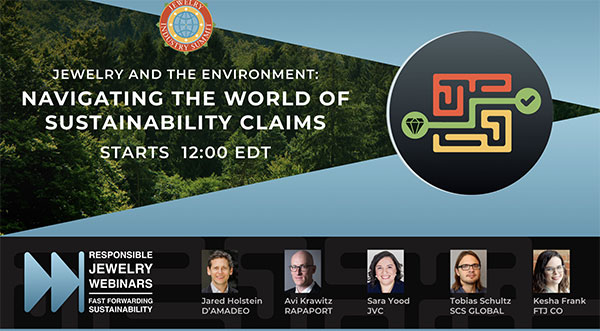
“But I don’t want to seem all doom and gloom,” he adds. “What excites me about the jewelry materials space is that there is so much to do. We can make small changes that still have big impacts. It requires collective vulnerability to ensure that these materials are doing the most amount of good possible and the least amount of harm possible across the value chains—simple as that (and as complicated).”
Below, Holstein talks to JCK about the nuances of terms such as recycled, the “data desert” that confronts anyone trying to learn more about the diamond supply chain, and why simply saying “I don’t know” is better than claiming something without having the evidence to back it up.
What inspired you to get into the antique diamond business in the first place?
I remember when I snuck into my first Tucson show—that’s when I met Alan Revere—about 16 or 17 years ago. I was curious because I loved, and love, materials. I’m quite interested in material culture, materiality in general. I was an art history major, and my mom was a textile scholar. I love the things we make and how we use them.
I was shocked there was so little information on any of these precious materials, regardless of their price, and that stuck with me. Also, I love gemstones and rocks. I love color. I like diamonds, they’re okay. But in comparison to colored gemstones, they’re not that exciting. But they’re really hard, which makes them incredibly reusable and durable. And the historic aspect of the cutting was always really interesting to me. A Triple X is a Triple X looks a lot like a CZ. I loved that each [antique diamond] was different, and I just aesthetically preferred older cuts.
Do you consider your goods “ethically” sourced?
Personally, I would never make any ethical claims. I would never associate the word ethical with a recycled stone. Even that term is problematic. They’re not recycled as much as reused.
How do you mean?
I was a part of the Jewelry Glossary Project. It took us two years to work on the first 10 definitions. I tackled recycled and thought it was going to be easy. It turns out no one agrees on what it means. The LBMA [the London Bullion Market Association] says if you take a gold bar and melt it, it’s recycled. All these things are really quite complex, but it’s really hard to have these kinds of conversations if we’re not working with shared definitions.
Generally, when we think of other things that are recycled, there’s a phase change involved: When you recycle an aluminum can, it’s melted and made into something else. Or paper is pulped and de-inked and turned into something else. With diamonds, there’s no phase change, it’s just reuse. But maybe I’m just being pedantic.
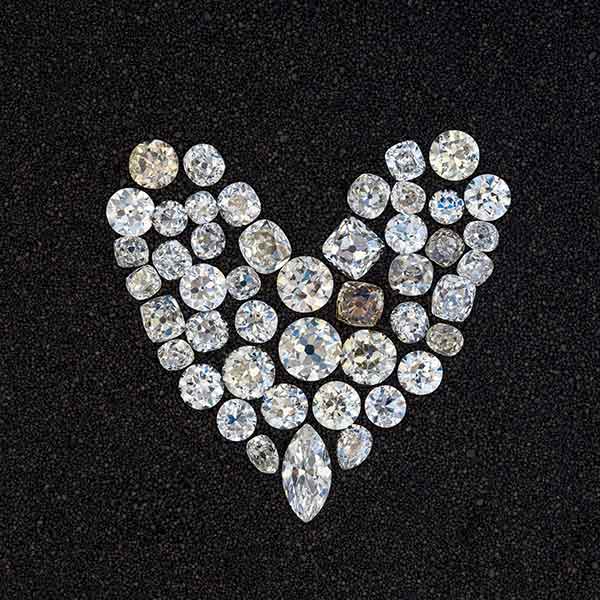
How does your business work today?
Primarily my customers are independent designers and jewelers. Many have brick-and-mortar stores, and most of them are doing bridal or alternative bridal. Some want antique cut stones—that’s an aesthetic choice. They ask for an antique cushion-cut from their dealer and get a new production antique cushion. Or they are people interested in working with me because they know I’m thinking about these things.
I’m also a lapsed goldsmith and art history major—I will not destroy antique-worthy pieces. I wholesale antique jewelry. That being said, diamonds have been reset and reset and reset. So a pretty decent percentage of stones are coming from older pieces. I’ve removed 12 carats of single stones from a single spray brooch from the 1950s. Sometimes it’s rescuing or saving them from a hideous existence.
How do you recommend your clients talk about “ethical diamonds” with their customers?
I have the great fortune of not having to speak to retail customers. Most jewelers would say they’re in the business of selling stories. What is a gold and diamond ring? What is the inherent value of gold and diamonds? You can’t eat them or sleep on them. We don’t need them to survive. It’s all human construct. I’m able to say, “This is what I know, this is what I don’t know. That’s it.” There will never be any hard fast shared definitions of these terms. People feel different at different stages of their lives and careers about these matters. All I can do is be as transparent as possible. That’s the way I can morally be involved.
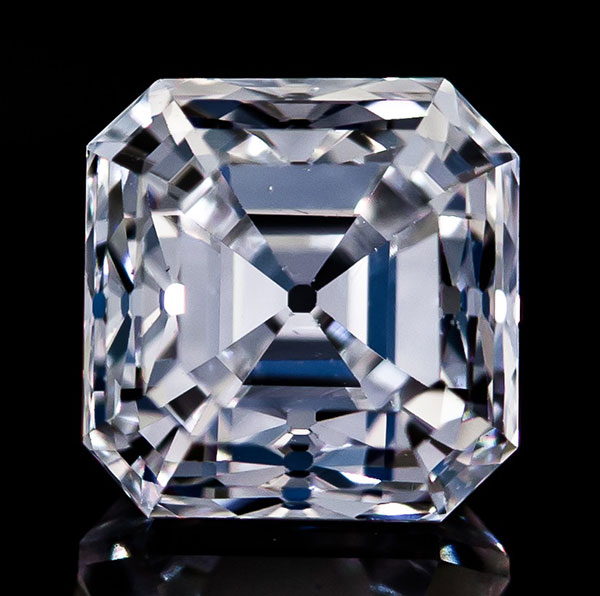
Are you optimistic about the future? That we’ll be able to know with certainty where diamonds come from and how they’ve made their way through the supply chain?
It’s always been possible to know that. And it’s certainly more technically feasible now. Drop a Sarine machine at a mine, scan the stone. But the whole De Beers—to name names—excuse that they need to combine all the diamonds and sort them so they can’t possibly offer the origin is so disingenuous to me.
These are easily scanned pea-size objects that are worth tens of thousands of dollars. I think it’s fair and realistic for customers to have the expectation that they will know exactly where this purchase came from, where it’s been, both the positive and negative impacts involved with it coming to their finger or their love’s finger. That’s a completely fair expectation. These things are symbolic of some of the most intangible and important human things: love and commitment.
And what about the Kimberley Process Certification Scheme for diamonds? Is that enough?
Oh, hell no. I don’t feel there’s sufficient information to make informed decisions. And I think when people or the planet are involved, there should be sufficient information. I’ve always experienced this cognitive dissonance between these origin stories and the truth of the people involved in the birthing of these materials. You watch an ad on diamond production and you’d think there are rainbows shooting out of these pits. And from an environmental perspective, I’m also deeply interested. Diamonds are an extractive industry, like iron ore.
But then there’s the social side of it. Diamonds definitely do good. And, there are real human costs, as well as benefits, associated with all products. Let’s accurately measure these benefits, in all diamond-producing countries. And the costs! Let’s base our claims and narratives on quality information. These reductive, binary claims are weak, and ever-better informed consumers will see through them. Mined diamonds can offer what synthetic diamonds never will: Social benefit. Let’s make sure that promise is fulfilled.
I don’t have sufficient information to say something my client wants to hear. I want to be able to provide the confidence they need, but I can’t. There’s a great data desert both quantitatively and qualitatively. We don’t really know how many diamonds come out of these countries. So many of these materials are coming out of the countries in the global south, post colonial. We can’t expect them to be able to offer really great data. Or where we wish there was better governance or tracking of tax dollars. If you’re selling products that come from a certain country and there are people suffering there as a result of this industry, then it is your problem.
The fundamental question: What is the value of human life? How much human suffering or environmental destruction is enough to warrant concern? How many rapes in Marange or Angola are too many before it becomes problematic? There always has been and remains significant anti-Black racism built into this system. If millions of white people had died in diamond-funded conflicts from the ’80s to the 2000s, do you think we’d be talking about this differently?
What about bona fide antique diamonds? Can we call them “ethical”?
I’m staring at a book, Blood and Diamonds by Steven Press, a Stanford professor looking at the role of colonial Germany in Namibia. According to Mr. Press, there was genocidal activity associated with the expulsion of groups in Namibia, slave labor, and diamond extraction. Those are antique stones. Slaves were brought to Brazil to work the sugar plantations and diamond mines. Those are blood diamonds, and they are 18th century. There are no easy answers.
Follow JCK on Instagram: @jckmagazineFollow JCK on Twitter: @jckmagazine
Follow JCK on Facebook: @jckmagazine



